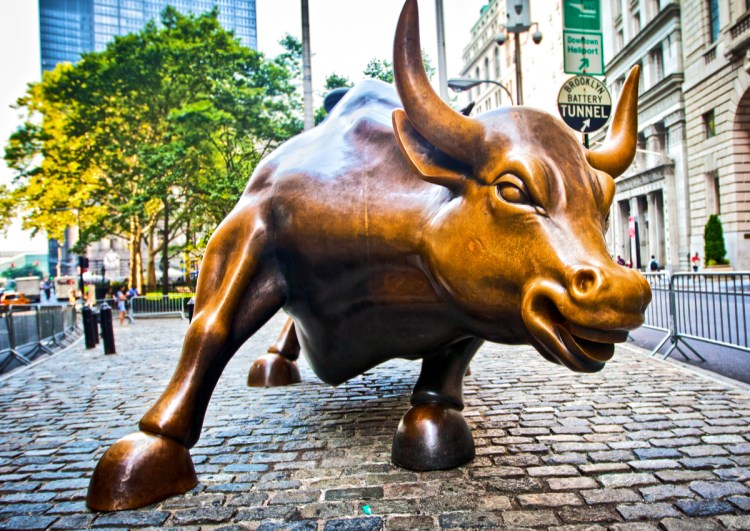This has been a gonzo year for stock markets in the U.S. But even though IPOs had a rebound after a catastrophic 2016, on the whole, 2017 will be remembered as another weak year for tech companies entering the public markets in the U.S.
The questions remains: Why? In its year-end report on U.S. IPOs, Renaissance Capital points the finger at the ongoing uncertainty over tax reform and the much-discussed impact of two of the bigger tech IPO flops this year. Together, those factors blunted the number of IPOs.
“Given the underlying strength in the broader stock market, the activity level should have been higher,” says the report. “Holding back issuance, we believe, were uncertainties over the massive tax overhaul and the disappointing debuts of technology unicorns Snap and Blue Apron.”
Just as troubling is that the IPOs that did manage to squeak out have offered a decent, but not spectacular return. The average IPO returned 21 percent this year, which Renaissance called “respectable.” But so far this year, the Dow Jones Industrial Average is up 17.22 percent, Nasdaq is up 11.82 percent, and the S&P 500 is up 10.90 percent. So you could have taken less risk and made almost as much money by investing in an index fund.
June 5th: The AI Audit in NYC
Join us next week in NYC to engage with top executive leaders, delving into strategies for auditing AI models to ensure fairness, optimal performance, and ethical compliance across diverse organizations. Secure your attendance for this exclusive invite-only event.
Looking at IPOs across all sectors, there were 160 public offerings that raised $35.6 billion, a nice jump from the $18.8 billion raised in 2016 by 105 IPOs. But those numbers are still well off the $85.3 billion raised by 275 IPOs in 2014, a peak that was followed by two years of sharp declines. Renaissance says the “historic norm” should be between 180 and 200.
Furthering dampening that modest rebound is that fact that 35 of those IPOs came from companies overseas, led by 15 from China. To the degree that companies are getting to the public markets, more of the benefits are flowing outside the U.S.
As for tech, there were 37 IPOs that raised $9.9 billion. Again, that’s a solid increase from the 21 IPOs in 2016 that raised a paltry $2.9 billion. But it’s still considerably below the 56 IPOs in 2014 that raised $32.9 billion.
For context, it’s worth remembering that 2014 was indeed a banner year for IPOs, the best since dot-com bubble days. The numbers can seem a bit skewed, given that Alibaba went public and raised $22 billion of that overall haul. But the year also included Zendesk. GoPro, Lending Club, and King Digital.
The hope was that 2014 was the bursting of the dam after the financial crisis in 2007 pretty well sunk the IPO market for years. But instead, tech IPOs returned to drought conditions as markets grew dubious about over-inflated private valuations that ballooned the number of unicorns.
It initially seemed tech IPOs were regaining their legs in 2017 as investors rushed to get a slice of the Snap IPO that raised $3.2 billion. But the string of disappointing earnings reports has left Snap’s stock down 28.8 percent on the year, below its IPO price of $17 per share since July.
The result, along with the collapse of Blue Apron, was a wet blank that stymied that early momentum, according to Renaissance.
But the news isn’t all grim. Roku had a strong debut in September and is trading up 46 percent since then. And Stitch Fix’s November IPO has been strong in its first month, with the stock closing last week at $23.33 per share, almost 50 percent above its $15 IPO price.
And while this may sound like a broken record, Renaissance is projecting 2018 to potentially be a blockbuster year for tech IPOs. That is, of course, if many of the big names rumored to be on the cusp — like Dropbox — do go public. More on those projections in another post. But the list includes a lot of names that have been speculated about since 2014. So while the IPO pipeline remains solid, that’s not really news.
The real issue is whether the valuations of enough companies are back in line with investors’ appetites for tech IPOs to turn a corner in 2018.

